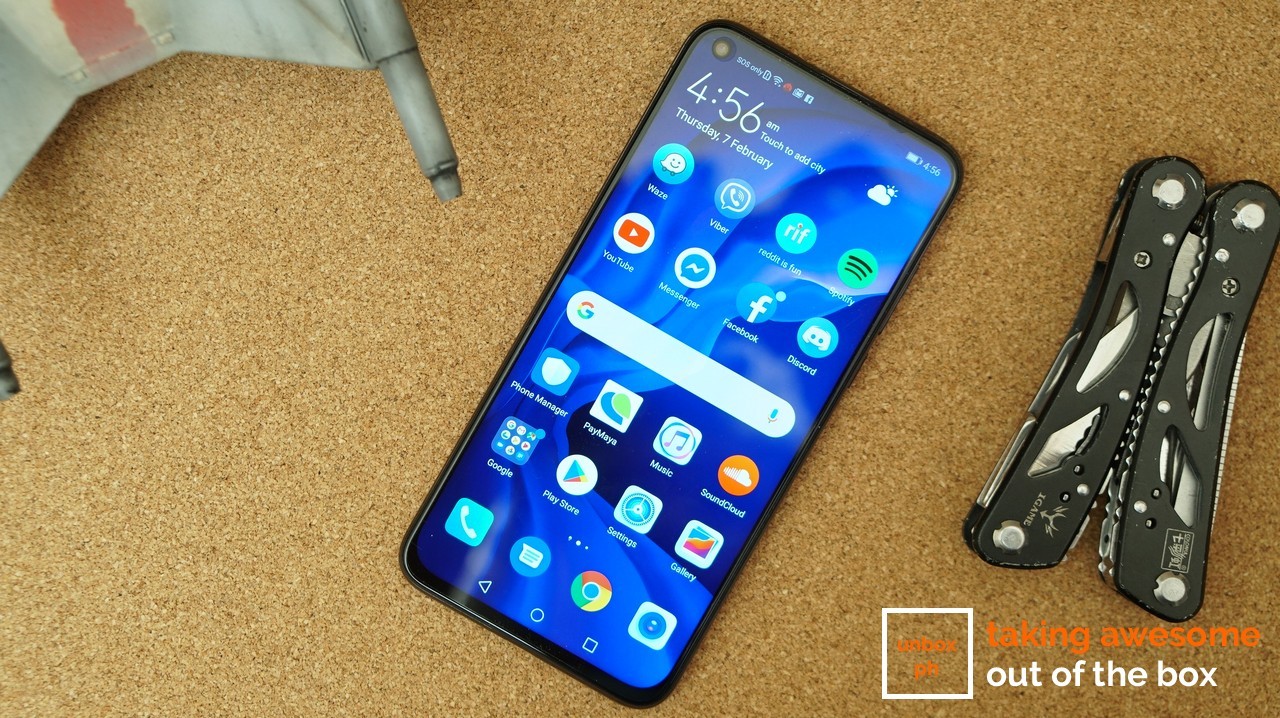We take the still unreleased phone for a spin!
Huawei’s new mid-range smartphone, the Nova 4, is a bit of an oddity. Announced back in December, this particular phone shouldn’t even be in our hands. Huawei Philippines officially said that they weren’t carrying it in the Philippines, probably because of the Nova 3, which was launched a few months earlier and was still selling well in the market.
But here we are with a review unit, straight from Huawei Philippines themselves.
Puzzling as it may be, that may be a sign that the company is reconsidering releasing the Nova 4 locally, though that’s just speculation on our part. If they do decide to offer the Nova 4, then consumers have yet another extremely solid mid-range smartphone to consider at the start of the year.
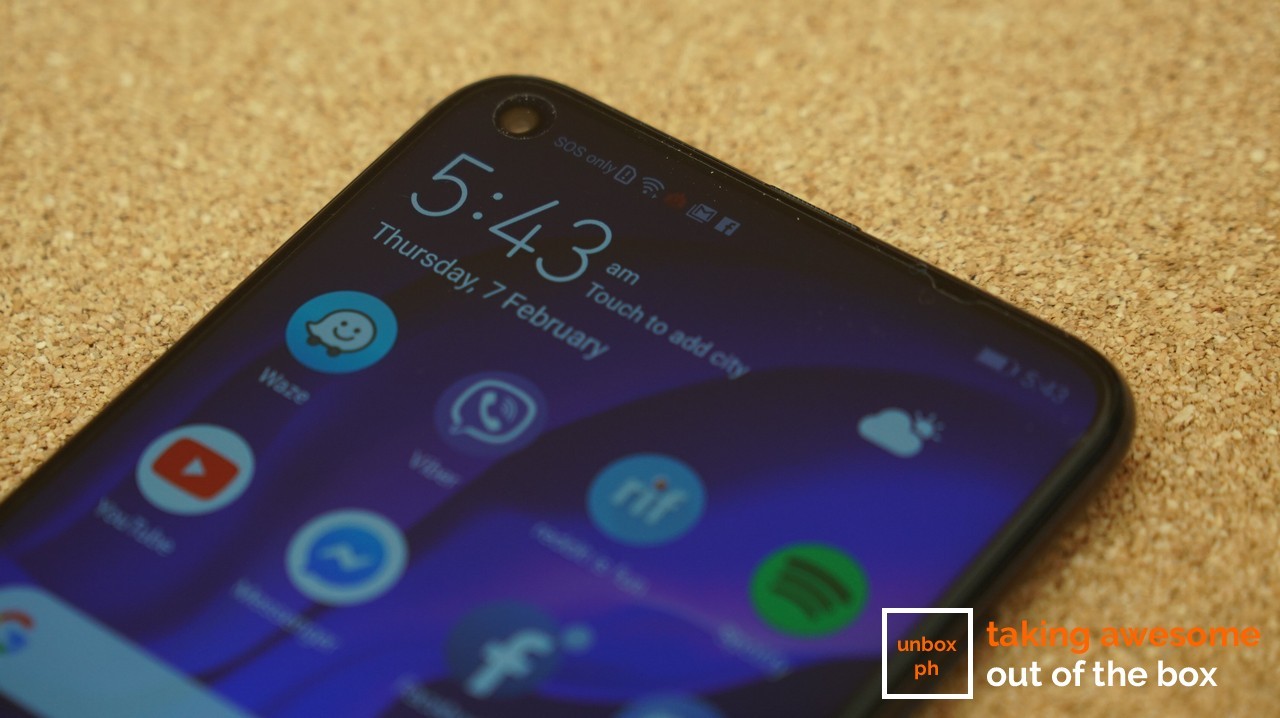
What is it?
The Nova 4 is the company’s latest iteration of their main mid-range offering. It’s the first phone from Huawei (not counting sub-brand Honor) to have a hole punch display, meaning a display that has a small hole on the upper left side of the panel that eliminates the need for a notch, which has been the current trend for smartphones lately.
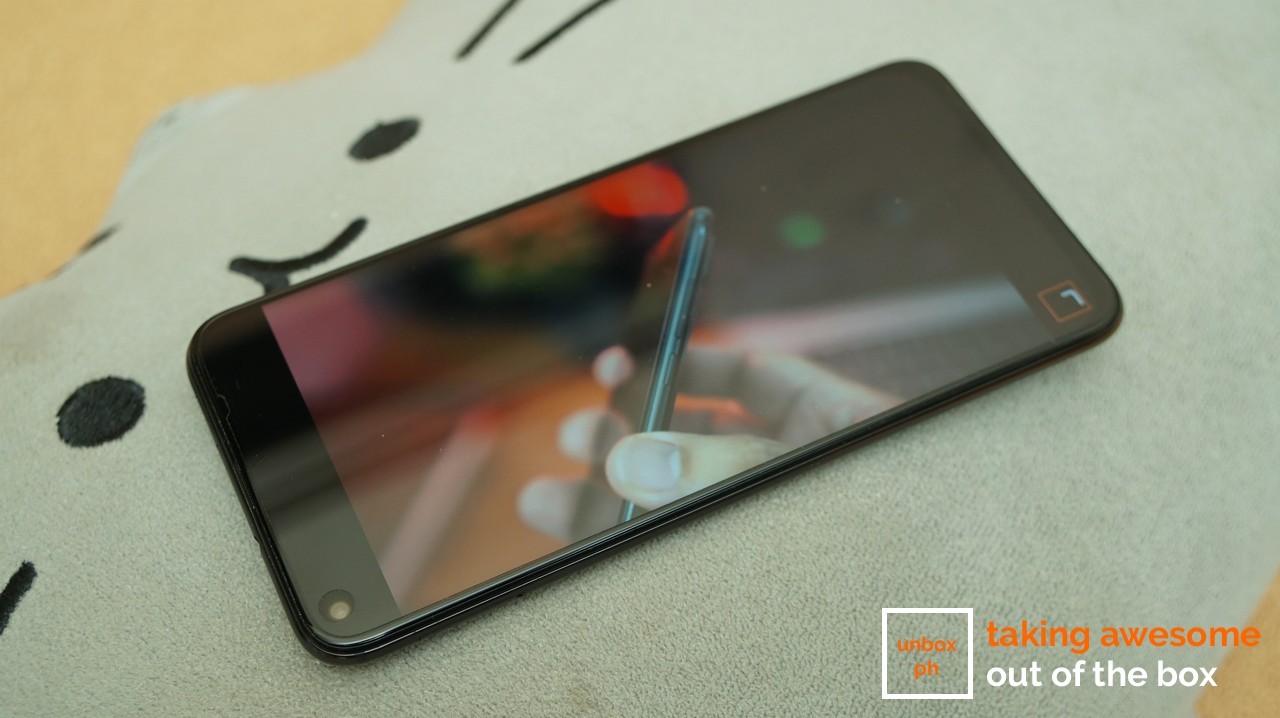
How’s life with the hole?
Contrary to some people’s expectations, living with that hole punch display isn’t that bad. We’d even argue that it’s marginally better than a notch since the camera is pushed out of the center of your view and into its periphery, on the side.
Because of the aspect ratio of the phone, watching movies/clips on YouTube or Netflix isn’t affected by the camera hole, since most content uses the 16:9 aspect ratio and thus have black bars on either side.
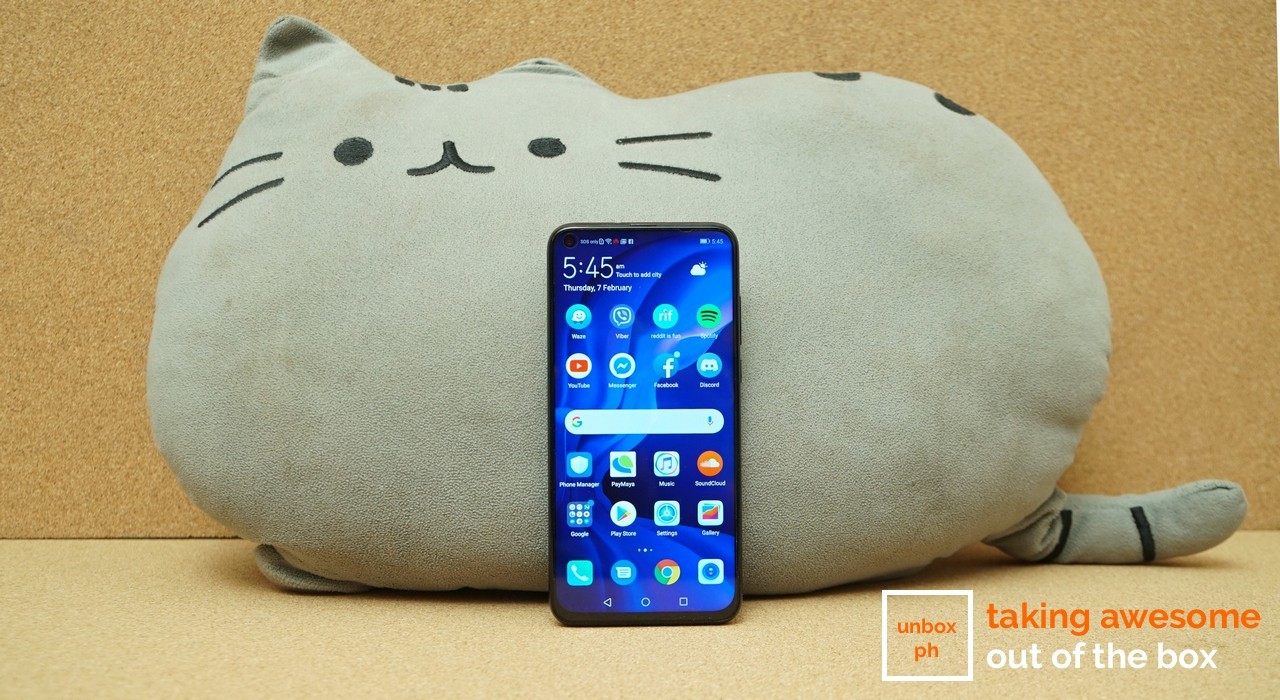
The only time the camera cutout really gets in the way is when you’re gaming, and only if it covers important information. Whenever this happens, we usually just rotate the phone over to the other side so the hole doesn’t cover anything important.
As for actual display quality, the panel is quite good, with excellent color reproduction across the board. We couldn’t find any major issues with the display when we reviewed the Nova 4, and we’d argue that you’d be hard pressed to find any yourself.
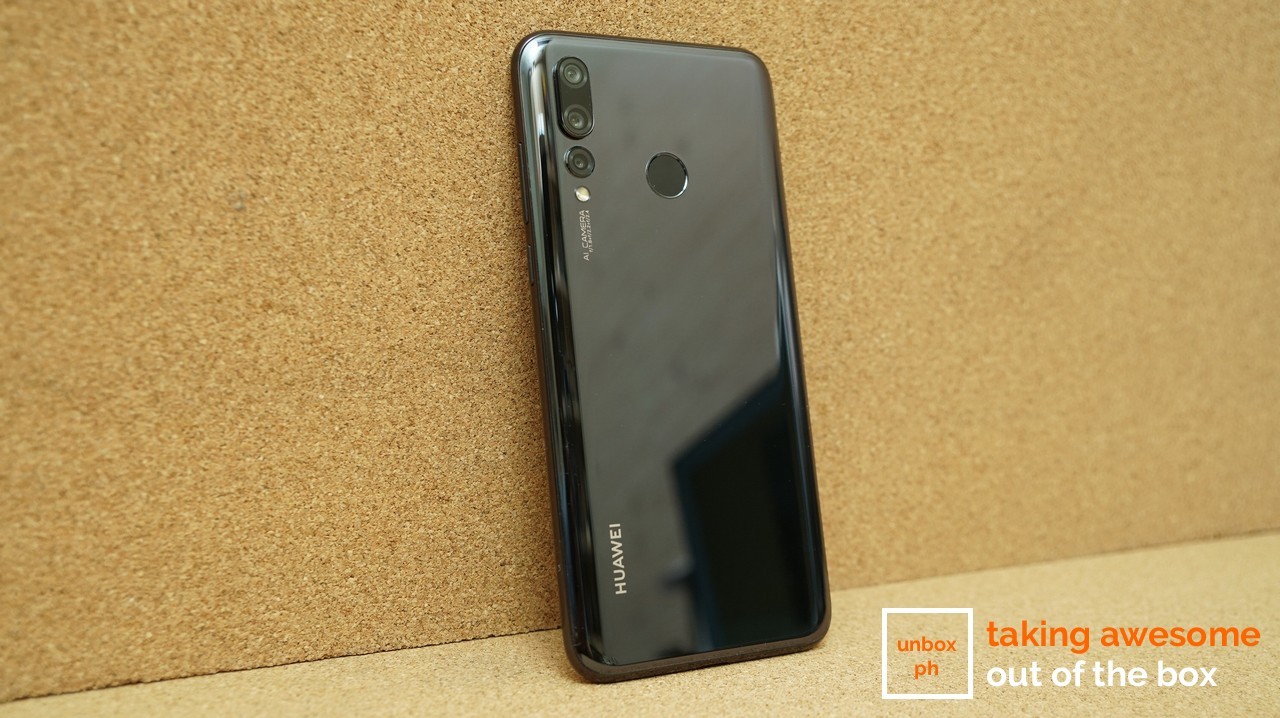
How’s the rest of the phone look and feel?
Pretty good. The Nova 4 feels a lot like the Nova 3 (obviously), with an additional camera stuck on the rear. The frame of the phone is made from metal, while the rear of the phone is made from glass, which means the phone feels as premium as it looks.
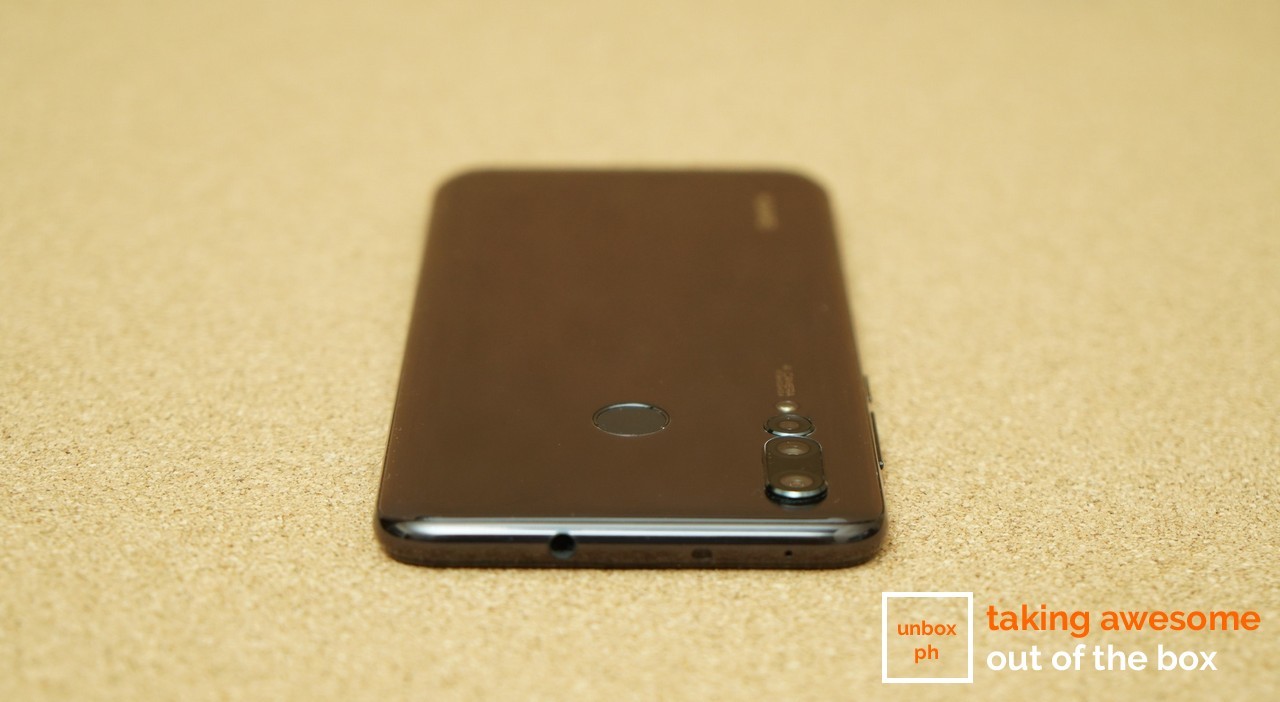
The rear cameras are arranged vertically much like on Huawei’s more expensive P20 Pro, with the fingerprint scanner on the usual place for easy unlocks. The power and volume rocker is on the right side of the phone, while the SIM slot is on the left. The 3.5mm jack is on top along with an IR blaster, while the USB Type-C port is on the bottom along with a speaker grille.
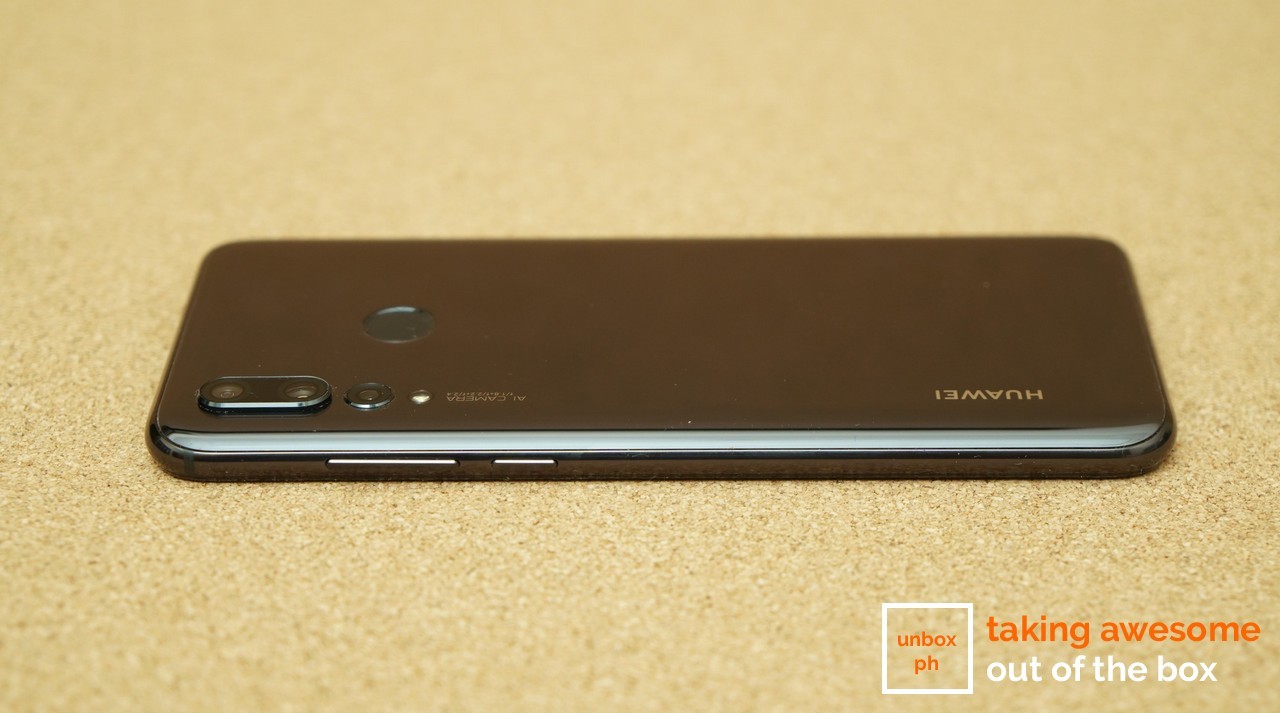
Overall the phone feels nice to hold and use, and as we mentioned before, feels more expensive than it actually is.
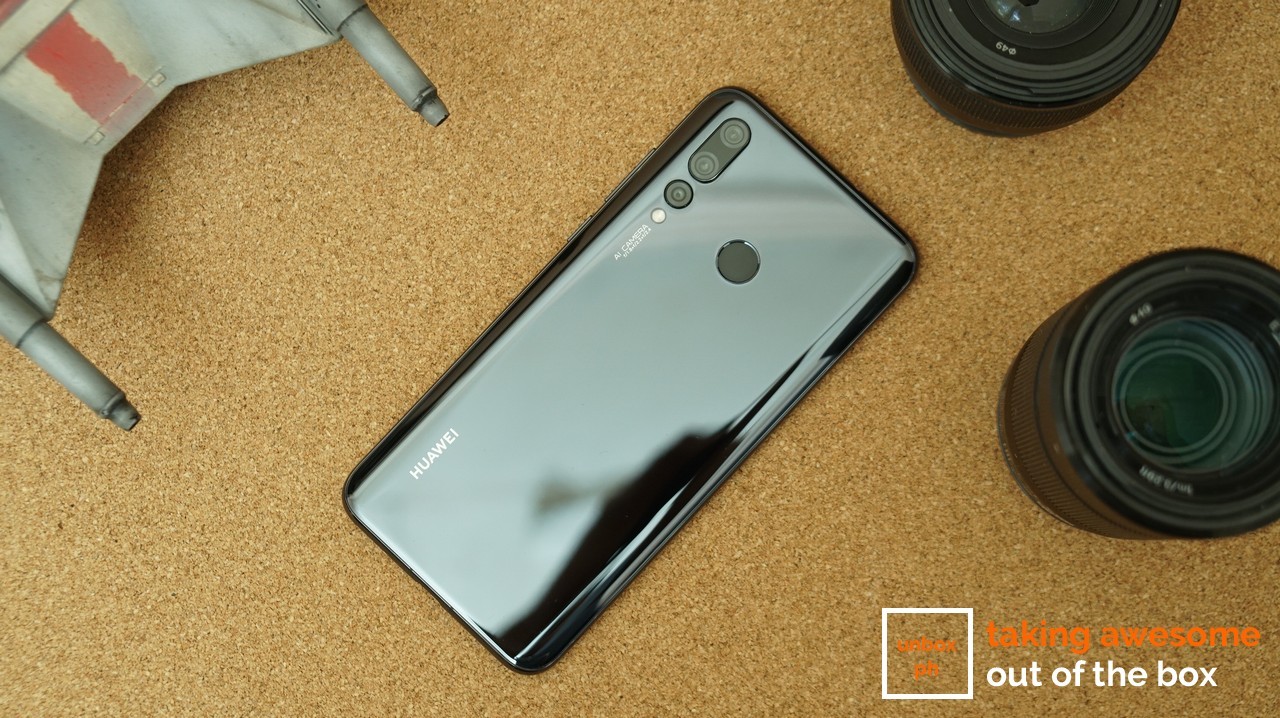
While our review unit came in conservative black, the Nova 4 comes in different colors that mimic the gradient color scheme of Huawei’s other smartphone offerings.
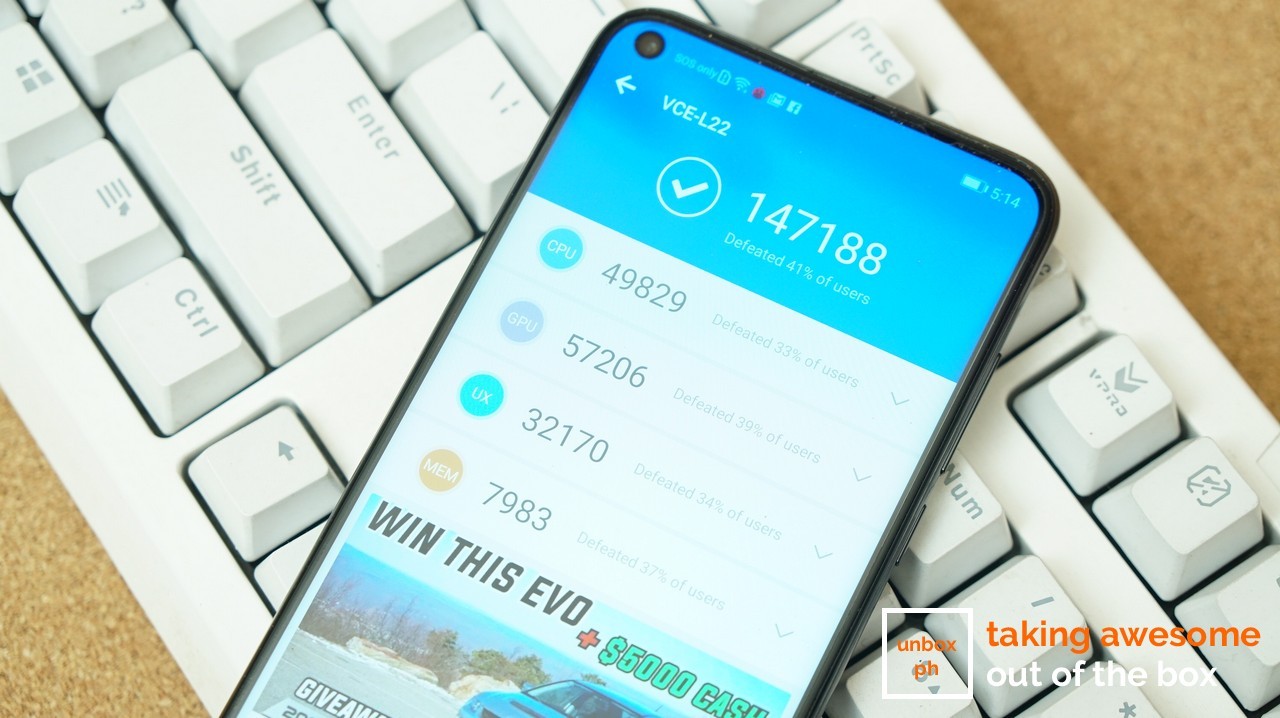
How fast is it?
It’s plenty fast. The Nova 4 uses the company’s home-grown Kirin 970 chipset to power it, which is basically the same processor that runs the company’s flagship P20 and P20 Pro smartphones.
There’s 8GB of RAM inside of the phone, more RAM than is typically found in mid-range smartphones, along with 128GB of storage.
Thanks to the flagship processor, the Nova 4 felt extremely quick and snappy, to the point that you’d probably think it was a flagship phone by itself if you didn’t know what it was.
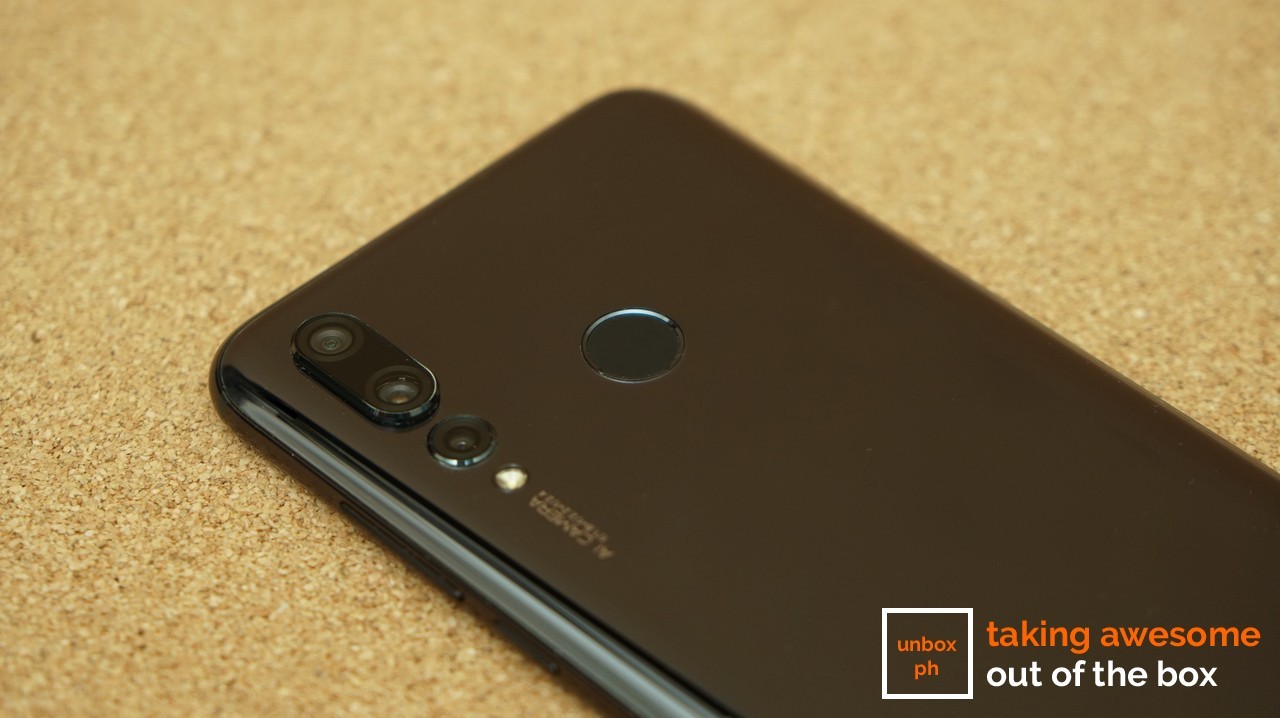
How’s the triple camera though?
Pretty good. The Nova 4 comes in two variants: one with a 48-megapixel f/1.8 + 16-megapixel f/2.2 ultra-wide-angle + 2-megapixel f/2.4 depth-sensing triple rear camera setup, and another with a 20-megapixel f/1.8 + 16-megapixel f/2.2 ultra-wide-angle + 2-megapixel f/2.4 depth-sensing triple rear camera.
The latter was the one sent to us, and while we’re a little disappointed that we didn’t get a crack at the higher resolution variant, the lower-end model still performed admirably.
Color reproduction is good, despite challenging low-light conditions when we shot in Pililia, Rizal. The Nova 4 also has a dedicated night mode that uses AI to combine multiple shots into one, which worked quite well even with very limited mood lighting available.
The long and short of it is the Nova 4 has a very capable set of cameras, though it’s not as good as the ones in Huawei’s more expensive models.
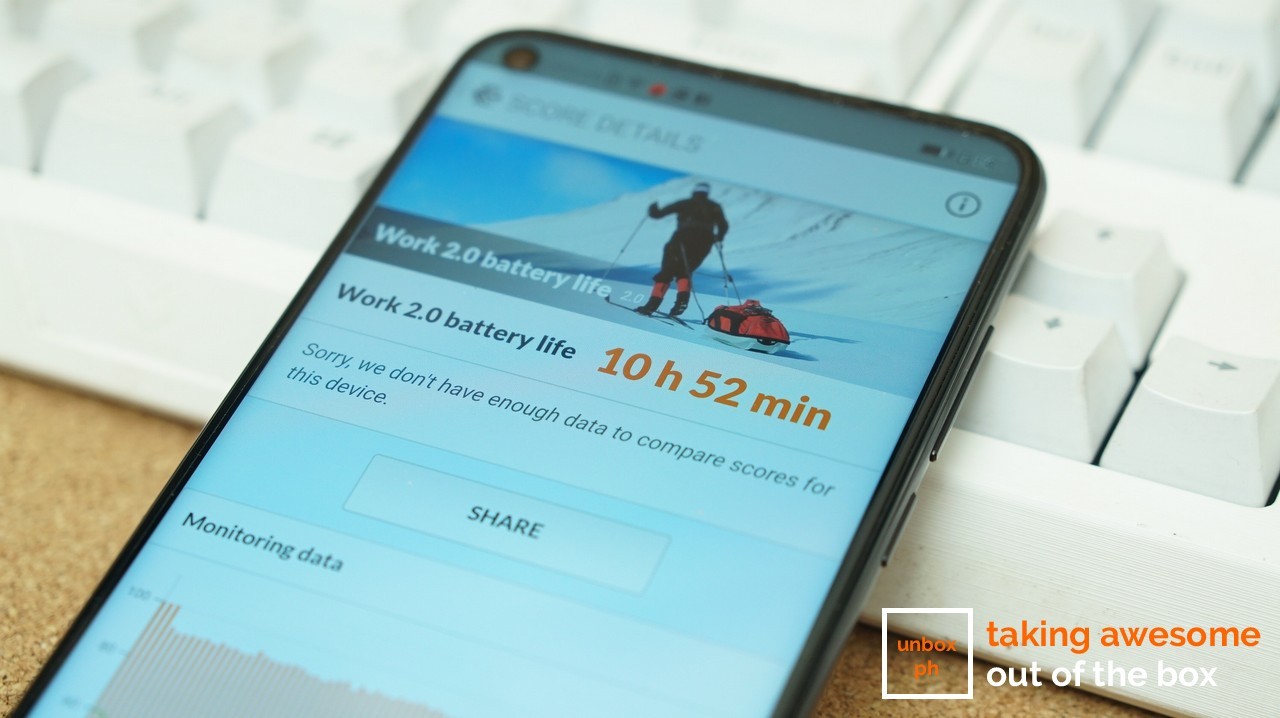
How long can you use it with a single charge?
The Nova 4 has a rather large 3750mAh battery inside its pretty, glass body which, when combined with the power-efficient Kirin 970 processor achieves impressive run times.
The Nova 4 managed to clock in a very impressive 10 hour and 52 minute run time on PCMark’s battery benchmark, which pretty much translates to all-day battery life for us. We typically don’t have to charge the Nova 4 during the workday, and when we do plug it into the wall socket, the phone charges quickly thanks to its quick charge capability, though it doesn’t have Huawei’s Supercharge Tech built into it.
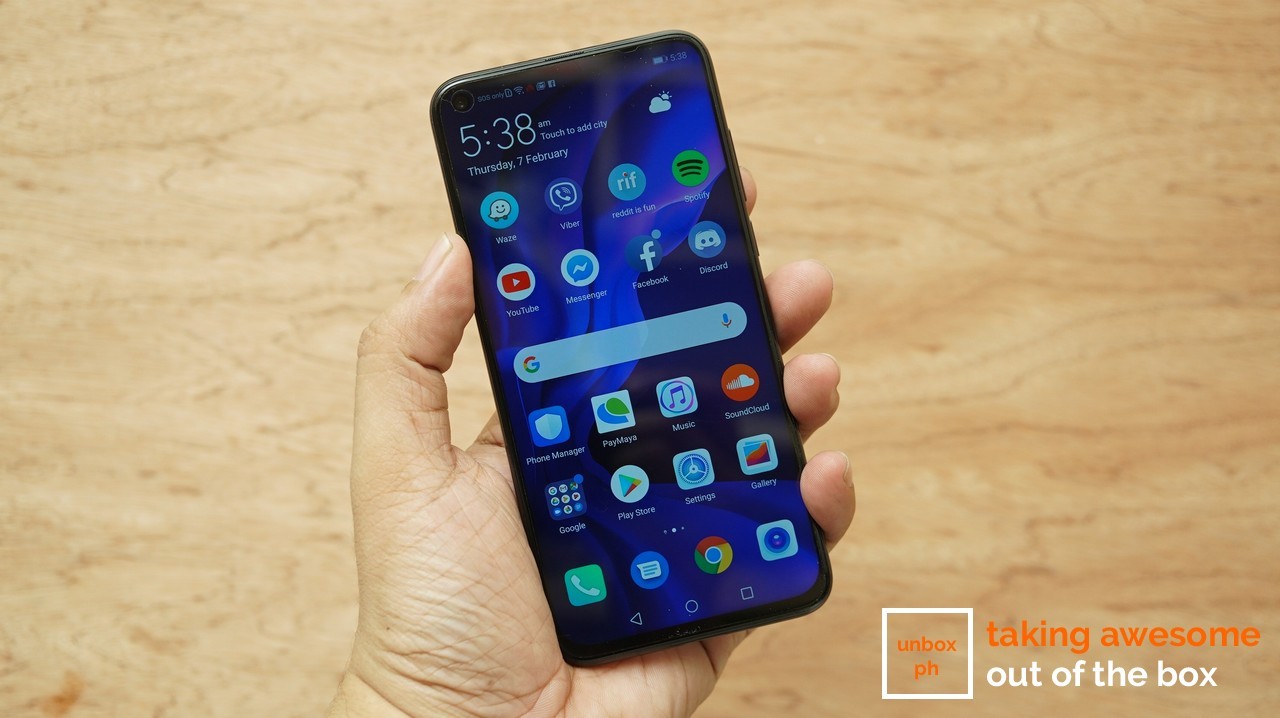
Should you buy it?
Yes, if it’s ever offered in the Philippines, that is. Huawei Philippines still isn’t saying if they will sell the Nova 4 in the country, which makes recommending it difficult.
That being said, the Nova 4 will probably slot into the Nova 3’s price range considering its RMB 3,100 pricing (approx Php 23.9K) in China. If it is officially sold here, then it’s yet another strong contender for Huawei in the mid-range market.


